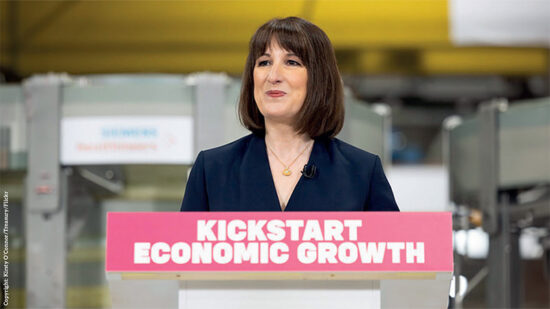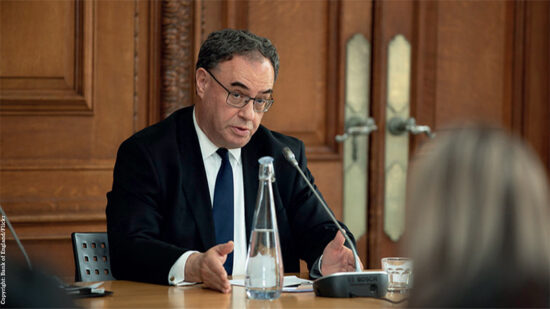A member of Carmignac Gestion’s investment committee since that year, and having worked with founder Edouard Carmignac for over 25 years, Saint-Georges says the book underlined the point that there should be a lot of respect for the concept of market efficiency.
“The market is always more efficient than any active investor would like, and therefore if you underestimate this, you are going to just add to the statistics showing that few active managers actually beat benchmarks.”
Efficiency experts
Although the flagship Carmignac Patrimoine Fund is a €25bn fund with a 25-year history, its highly active approach to asset allocation enables the exposure in the portfolio to be managed in a very nimble way, he says.
The fund appeared on everyone’s radar most notably in 2008 when it didn’t lose money, and people thought it was either luck or how the asset allocation was run that made it so effective in times of market correction.
“It’s the notion that we are prepared to renounce performance potential when we consider there is a very significant downside risk.
That forces us to be extremely free vis-àvis benchmarks, so tracking error is something we prefer to totally ignore.
When the judgement on risk is going to be very strong then we’ll do ‘whatever it takes’ to totally dissociate the fund behaviour from any performance indicator.”
He recalls vividly the moment on a Sunday afternoon in 2008 when he heard that Lehman Brothers had gone bust, and the subsequent meeting of the investment committee on the Monday morning.
“We concluded that the US authorities had made a huge assumption in thinking there would not be any contagion effect on the US banking sector. So, from then on, we started to hedge specifically that risk on the banking sector, and that’s very much a good example of asset allocation.”
It was not just a case of reducing risk with less exposure, but analysing “where the atomic bomb could actually go off. So, we sold the US banking sector”.
A willingness to make big calls on occasion in a targeted, precise way clearly distinguishes Saint-Georges’ approach from the many asset managers who focus on long-term strategic allocations.
Moving forward to this year, and for some months previously, the investment committee’s analysis has pointed to another big issue, namely what he describes as “disappointment on the economic pace”.
Cutting dead wood
“We have done a lot of work with our economists and strategists, and we’ve reached the conclusion that the market has been very complacent with the potential for growth acceleration in the US, recovery in Europe and elsewhere.”
So for some months, baskets of cyclical stocks have been sold in recognition of the risk in the current stage of the economic cycle.
Our quant analyst drew up a list of around 30 global stocks that history showed had taken a huge beating in cyclical downturns.
Saint-Georges calls this “targeted asset allocation”. On the flipside, types of stocks which outperform in this environment were also analysed.
“We’ve looked over what happened in Japan after the ’90s, when the country was mired with stagnation and zero inflation, and then we worked on a list of stocks which outperformed. We crossed that with the bottom-up judgement of our analyst team, because there could be reasons why a type of stock would fare well in the quant analysis, but we wouldn’t like it, for whatever reason.
“We’ve been doing that for more than six months, buying stocks which you could summarise as defensive stocks, which were big winners in 2014 and are likely to outperform in this kind of environment.”
Another big asset allocation decision in 2014 was to hold European peripheral sovereign bonds in countries such as Italy, Spain and Portugal.
“It was a wonderful place to be, but the risk was that the currency in the eurozone would be under pressure. Therefore, it was important in terms of asset allocation to have US dollar positions next to these as well.”








